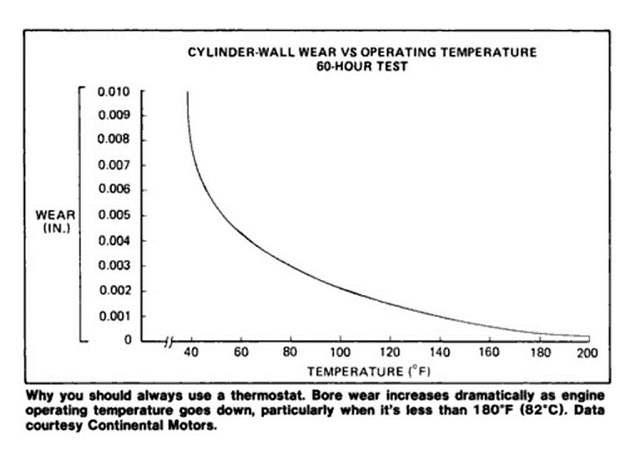voudoux
NAXJA Forum User
- Location
- Piedmont NC
Why does the late model xj run so high of an engine temp?is it pollution related or something else? Any ideas,as I can't think of any good reasons for it. Thanks
Right 210 is normal for the xj and probably most modern cars, but why? They make 160/180 thermostats for older cars, so why does late model stuff run so "high" in relation to older? Why run so close to the edge? Just a question, Thanks for the reply.
Thanks Chris,so it is an emissions issue that sounds about right as the mileage on my 2 xjs couldn't have actually been improved.( it's a joke). 210 does not leave much of a cusihion. I wonder what they reenginered in this engine to make it work better at these temps the Ramblers with the 232s sure didn't run that hot? And neither did my 258 cj5. I don't believe all I am told by these experts,I have been told by dealership mechanics that the only thing Chrysler changed on the 3.8 in my wrangler to run the light weight oil was the oil filler cap. But if you don't know something first hand it is just hearsay.Sorry got off subject,Thanks for the reply.
Why does the late model xj run so high of an engine temp?is it pollution related or something else? Any ideas,as I can't think of any good reasons for it. Thanks
Emissions, wear, power, etc. If you want some really fun reading, see if you can find the Continental Motors 60-hours engine test data. Long story short, years ago (I think it was the '30's!) they ran three identical engines at different temperatures for 60 hours straight and found that the engine which was being run at 195+ degrees made more power, achieved better fuel economy, and showed less engine wear. Higher engine temps also make it harder for steam that's produced by burning fuel in the engine from condensing back into water and running into the oil or wherever you don't want water to be. Overheating an engine's bad for sure, but running an engine too cold will kill it just as sure as overheating it will.

Right 210 is normal for the xj and probably most modern cars , but why? They make 160/180 thermostats for older cars, so why does late model stuff run so "high" in relation to older? Why run so close to the edge? Just a question, Thanks for the reply.
I wonder exactly what company that was? My 1966 Jeep Gladiator came with a 326ci Continental motor! It also had a "flat" oil pan rail!
